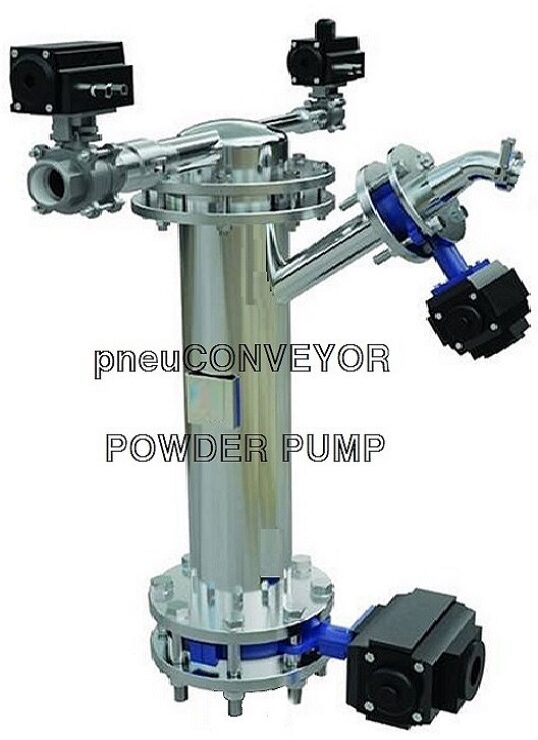Dense phase conveying is a method used to transport bulk materials from one location to another using a dense phase pneumatic conveying system. In this system, the material is transported in a highly compressed state with a low velocity air flow.
The process begins with the material being loaded into a pressure vessel, which is then pressurized with air. The compressed air pushes the material out of the vessel and into the conveying line, where it is carried to the destination.
One of the key advantages of dense phase conveying is that it is highly efficient, requiring less energy than other pneumatic conveying systems. It is also well suited for transporting abrasive or fragile materials that may be damaged by other conveying methods.
There are two types of dense phase conveying systems: intermittent and continuous. In an intermittent system, the material is transported in batches, while in a continuous system, the material is transported continuously.
The design of a dense phase conveying system will depend on a number of factors, including the type of material being transported, the distance it needs to travel, and the required throughput. It is important to carefully consider all of these factors to ensure that the system is properly designed and configured to meet the specific needs of the application.
Dense phase conveying is a pneumatic conveying system used to transfer bulk materials in a dense or highly compressed state, typically at low velocity and high pressure. In this system, the material is transported in a continuous, pressurized flow through a pipeline.
The dense phase conveying system is used for materials that are abrasive, fragile, or difficult to handle. It is also used when the material needs to be conveyed over long distances or when a high degree of control over the conveying process is required.
The dense phase conveying system consists of four main components: a pressure vessel, a pipeline, a pressure control valve, and a conveying system control unit. The pressure vessel is used to store the material and to provide the necessary pressure for the conveying process. The pipeline is used to transport the material from the pressure vessel to the receiving point. The pressure control valve is used to regulate the pressure in the pipeline and the conveying system control unit is used to control the overall conveying process.
The dense phase conveying system works by creating a plug of material in the pipeline. The material is then transported in this plug as a solid mass, with the pressure and velocity of the material being controlled by the pressure vessel and pressure control valve. The plug of material moves through the pipeline in a series of cycles, with the pressure vessel providing the necessary pressure for each cycle.
Overall, the dense phase conveying system is an efficient and effective way to transport bulk materials. It is particularly useful for materials that are difficult to handle or require a high degree of control during the conveying process.

